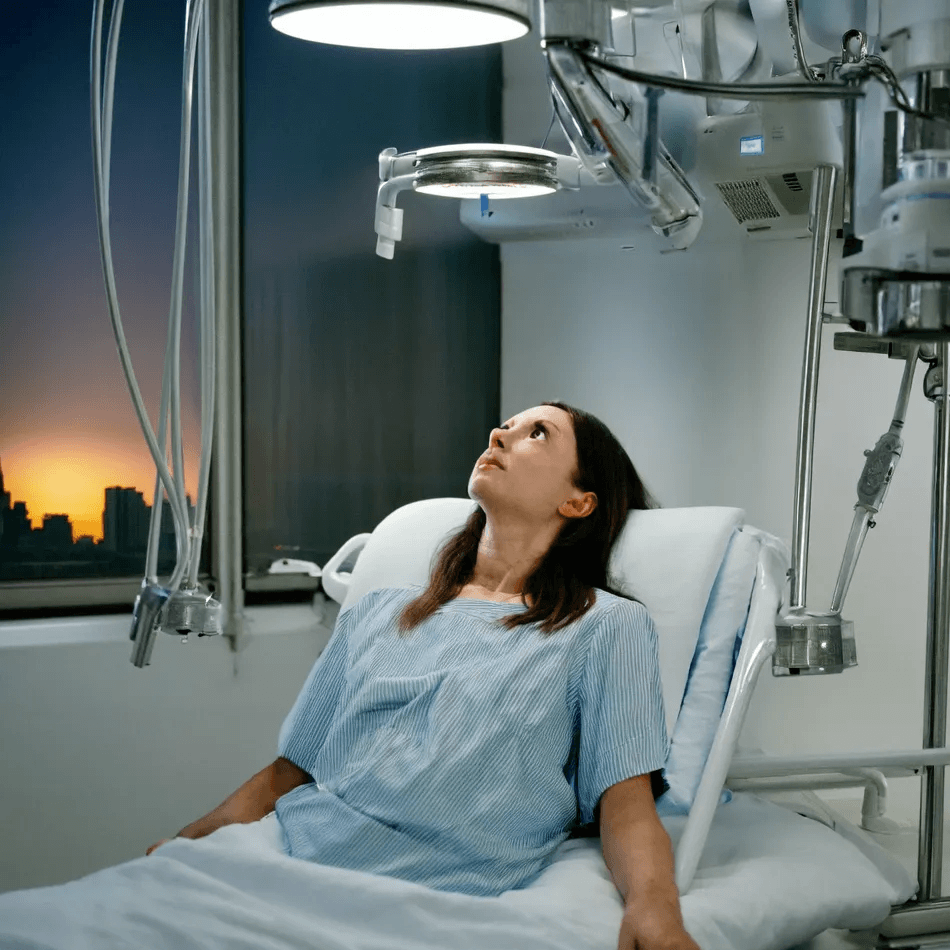How to seek medical treatment for breast cancer?

Diagnosis
Most breast cancer patients have no obvious early symptoms, which makes them very likely to ignore it and fail to seek medical treatment in time. Therefore, high-risk groups should attach importance to breast cancer screening, conduct regular breast self-examination and clinical physical examinations, pay attention to abnormal signs such as breast lumps, nipple discharge, and enlarged axillary lymph nodes, and ask professional doctors for further judgment.
Most people seek medical treatment for breast lumps as the first symptom. The routine diagnosis process is as follows:
- The doctor will collect medical history based on the patient's situation, which may include: when the lump appeared, how fast the lump grew, whether it was painful, and other accompanying symptoms.
- The doctor will then perform a physical examination on the patient. If the doctor finds abnormal signs, he will ask the patient to do further auxiliary examinations, such as breast ultrasound, breast X-ray, etc.
- Finally, the doctor will combine the patient's clinical manifestations, physical examinations, imaging examinations, and histopathological examinations to diagnose and differentially diagnose breast cancer. When the patient is diagnosed with breast cancer, the doctor will determine the type of disease based on the results of histopathological examinations, and stage the breast cancer in combination with other auxiliary examination methods to guide later treatment.
Doctors generally stage breast cancer according to the TNM system. The TNM system has high clinical value in predicting tumor recurrence and metastasis and is also a relatively mature risk assessment indicator.
The TNM system is used to describe the size of the primary tumor and the spread of the tumor to nearby lymph nodes or other parts of the body.
Tumor (T): The size and location of the tumor;
Lymph nodes (N): The size and location of the lymph nodes where cancer cells have spread;
Metastasis (M): The spread of cancer to other parts of the body.
Disease Distinction
Breast cancer needs to be differentiated from benign diseases such as breast fibroadenoma, breast cystic hyperplasia, and plasma cell mastitis.
Breast fibroadenoma
It refers to a benign tumor composed of two components, glandular epithelium and fibrous tissue, which is common in young women. Except for breast lumps, there are often no other symptoms. The lumps are hard, elastic, like rubber balls, with smooth surfaces and easy to push. Histopathological examination helps to identify it.
Breast cystic hyperplasia
It’s also known as breast lobular hyperplasia, fibrocystic disease, etc., it refers to a benign disease with hyperplasia of milk ducts and alveolar epithelium accompanied by cyst formation, which is common in middle-aged women. Its typical symptoms are unilateral or bilateral periodic breast pain and breast lumps, which are obvious before menstruation and relieved after menstruation. Breast mammography and ultrasound examination help to identify it.
Plasma cell mastitis
It’s also known as mammary duct ectasia, it is a chronic non-bacterial inflammation of the breast. It is more common in non-lactating women aged 30 to 40. The lumps are often located around the areola, are tough or hard, have unclear boundaries, and are not attached to the chest wall. The breast skin has varying degrees of redness, swelling, heat, and pain, and the systemic inflammatory reaction is mild. It is often differentiated from breast cancer through breast puncture cytology.